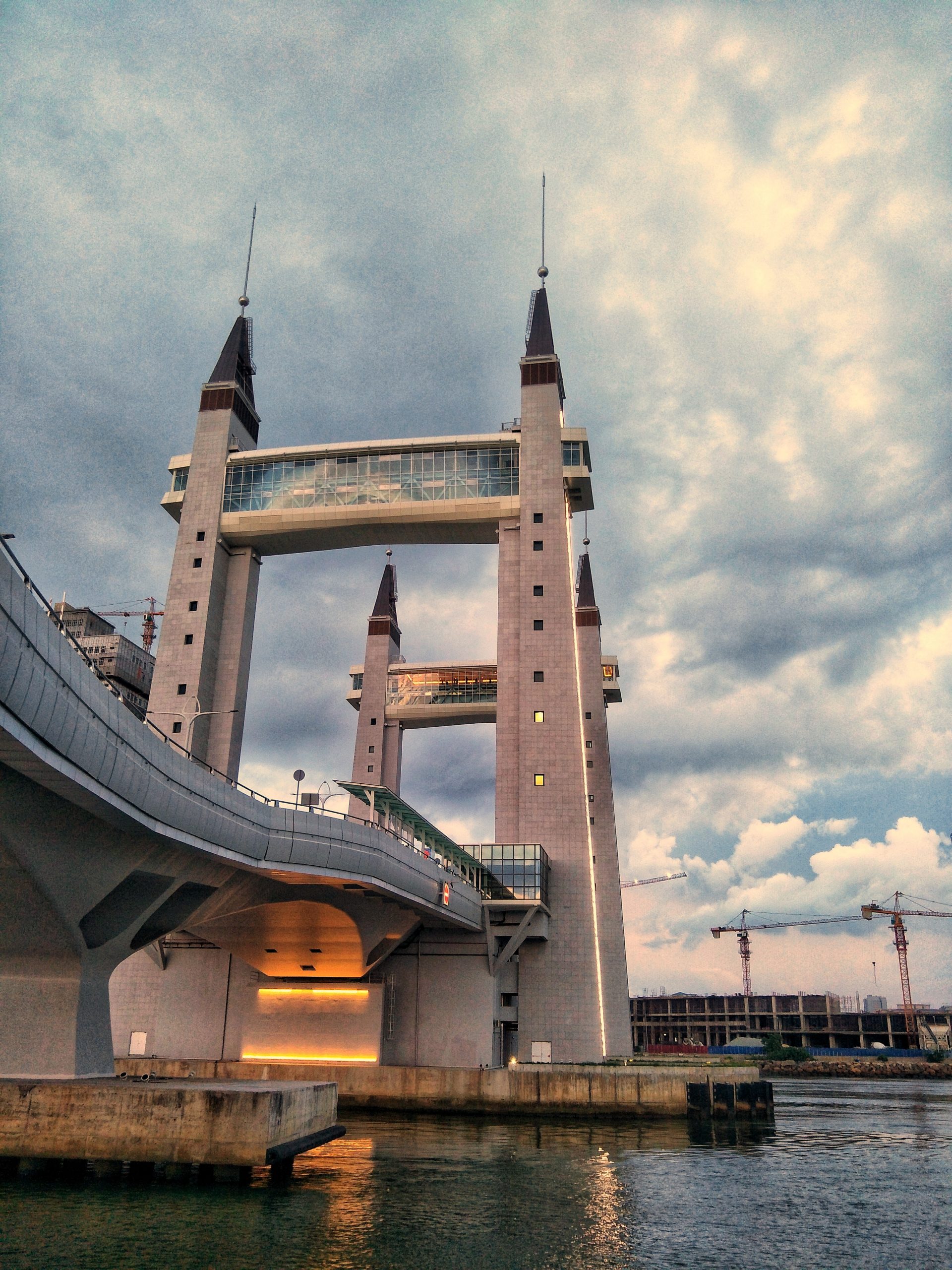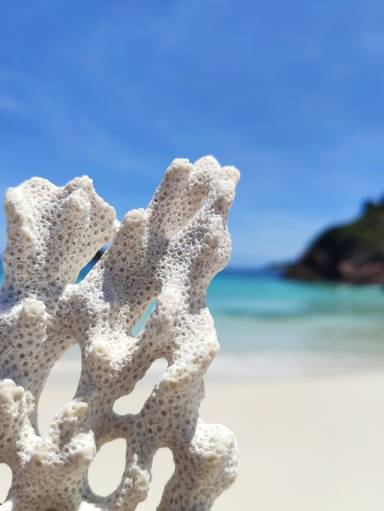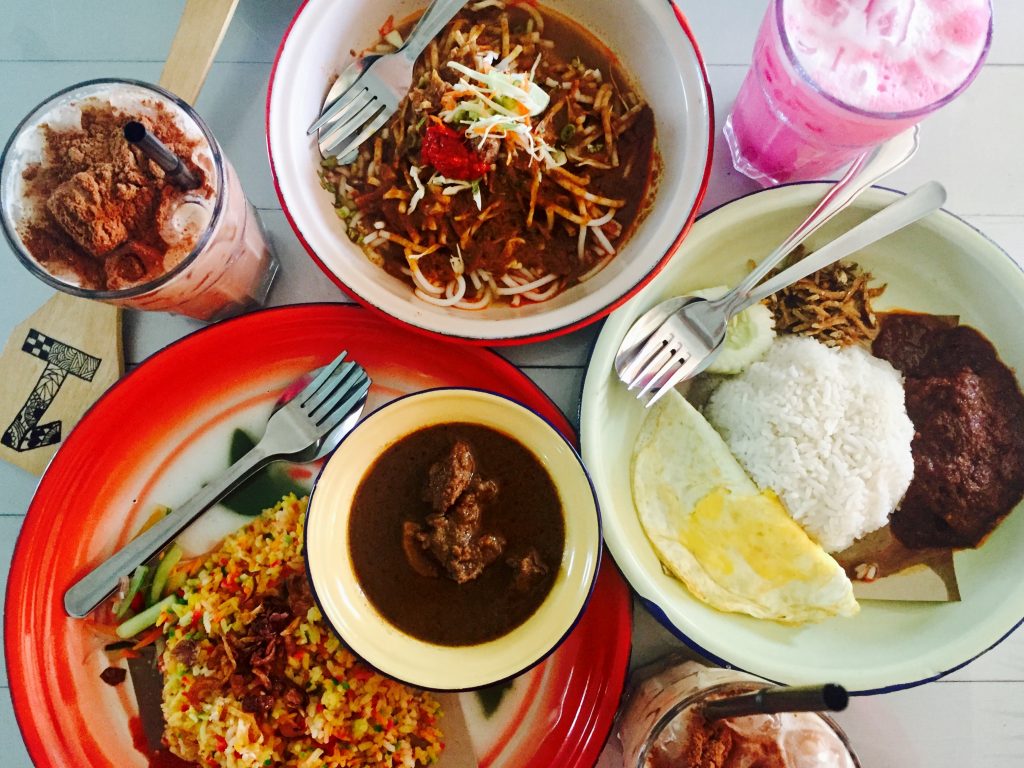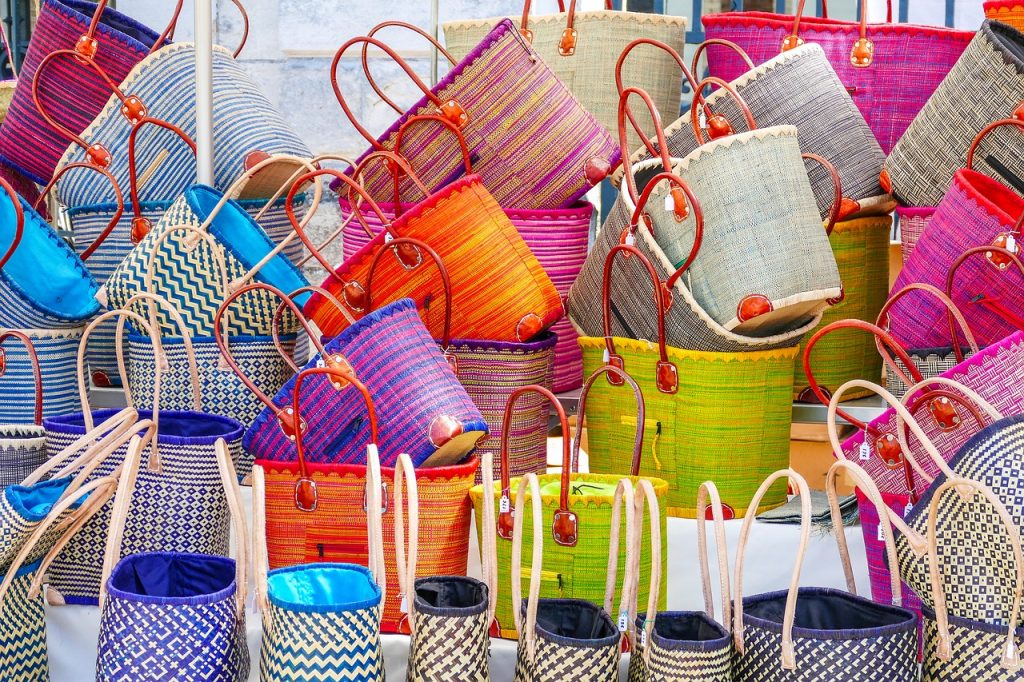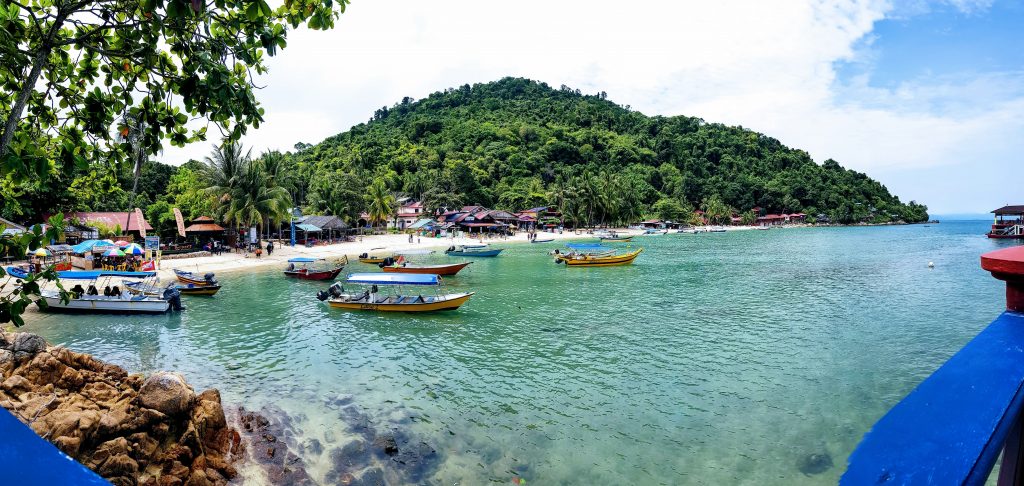HISTORY

Istana Maziah is the Official Palace in Kuala Terengganu
In Malay, “kuala” can have the meanings of “river mouth”, “estuary”, or “confluence”. Thus, the name Kuala Terengganu is roughly translated as “the confluence/estuary of Terengganu”. There are several theories regarding the name Terengganu. One such theory attributes the name’s origin to terang ganu, Malay for ”bright rainbow”.
Another story, which is considered to be the most popular version, is said to have been originally narrated by the ninth Sultan of Terengganu, Baginda Omar. It tells of a party of hunters from Pahang roving and hunting in the area of what is now southern Terengganu. One of the hunters spotted a big animal fang lying on the ground. A fellow party member asked which animal did the fang belong to.
The hunter, not knowing which animal, simply answered taring anu (Malay: ‘fang of something’). The party later returned to Pahang with a rich hoard of game, fur and sandalwood, which impressed their neighbours. They asked the hunters where they sourced their riches, to which they replied, from the land of taring anu, which later evolved into Terengganu.
Among the earliest references of Terengganu are in Chinese historical sources. A Chinese writer’s note during the Sui dynasty has mentioned a state named Tan-Tan that sent tributes to China. The state was presumably located somewhere in Terengganu. Tan-Tan sent tributes to the Sui dynasty and then to the Tang dynasty after the collapse of the Sui dynasty.
It ceased to send tributes to China after it came under the dominance of the Srivijaya empire during the 7th century. Chinese history books such as Lingwai Daida written by Zhou Qufei in 1178 and the book Zhu fan zhi (also romanised as Chu-fanchi) written by Zhao Rugua in 1226 mentioned Teng-ya-nu and Teng-ya-nung respectively, as being a vassal state of San-fo-ts’i which is thought to be Srivijaya.
After Srivijaya fell during the 13th century, Terengganu came under the influence of Majapahit. In the 15th century, Majapahit was vying with Ayutthaya Kingdom and the nascent Malacca Sultanate for control of the Malay Peninsula. Malacca Sultanate prevailed and Terengganu then came under its influence.
When the Malacca Sultanate fell in 1511 to the Portuguese, the newly established Sultanate of Johor exerted its influence on most of the former territories of the Malacca Sultanate, including Terengganu. Terengganu was briefly under the influence of the Aceh Sultanate during the early 17th century, but Johor managed to exert its influence again on Terengganu in the late 17th century.
The present Sultanate of Terengganu was established in 1708. The first Sultan of Terengganu, Sultan Zainal Abidin I established his court near Kuala Berang. He moved his court a few more times until he settled near Bukit Keledang, Kuala Terengganu.
During the early 18th century, Kuala Terengganu was still a small town. It was described as having about one thousand houses that were scattered around the town. The Chinese were already present in Kuala Terengganu at that time. Half of the population were Chinese and they were engaged in agriculture and trading.
Kuala Terengganu continued to be Terengganu’s capital when it was still a vassal state of Siam and during the early years of British colonisation of Malaya. Terengganu fell under the administration of Britain through the Bangkok Treaty of 1909 and was forced to accept a resident “British advisor”.
Terengganu, along with four other states, was grouped under the term of the Unfederated Malay States. British maintained rule over Terengganu until during the Japanese occupation in World War II. The Kuala Terengganu Municipal Council was established in 1979 to oversee the development of the town.
